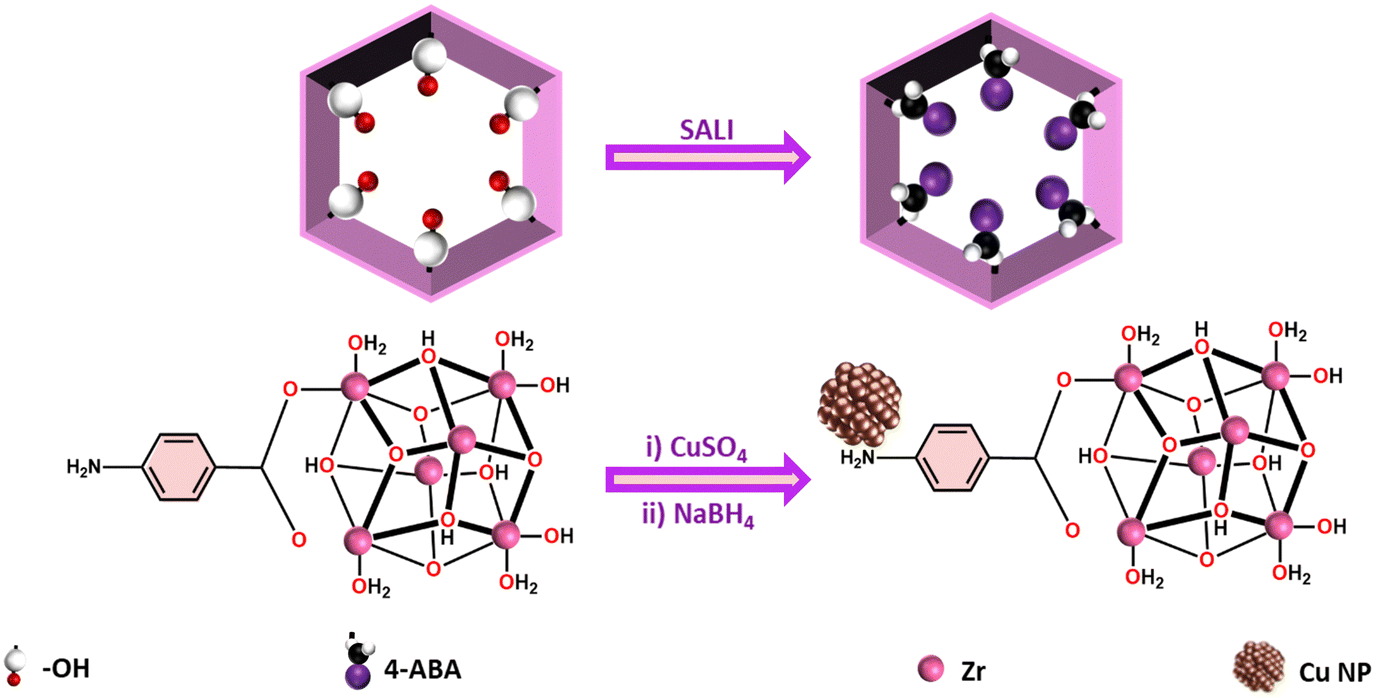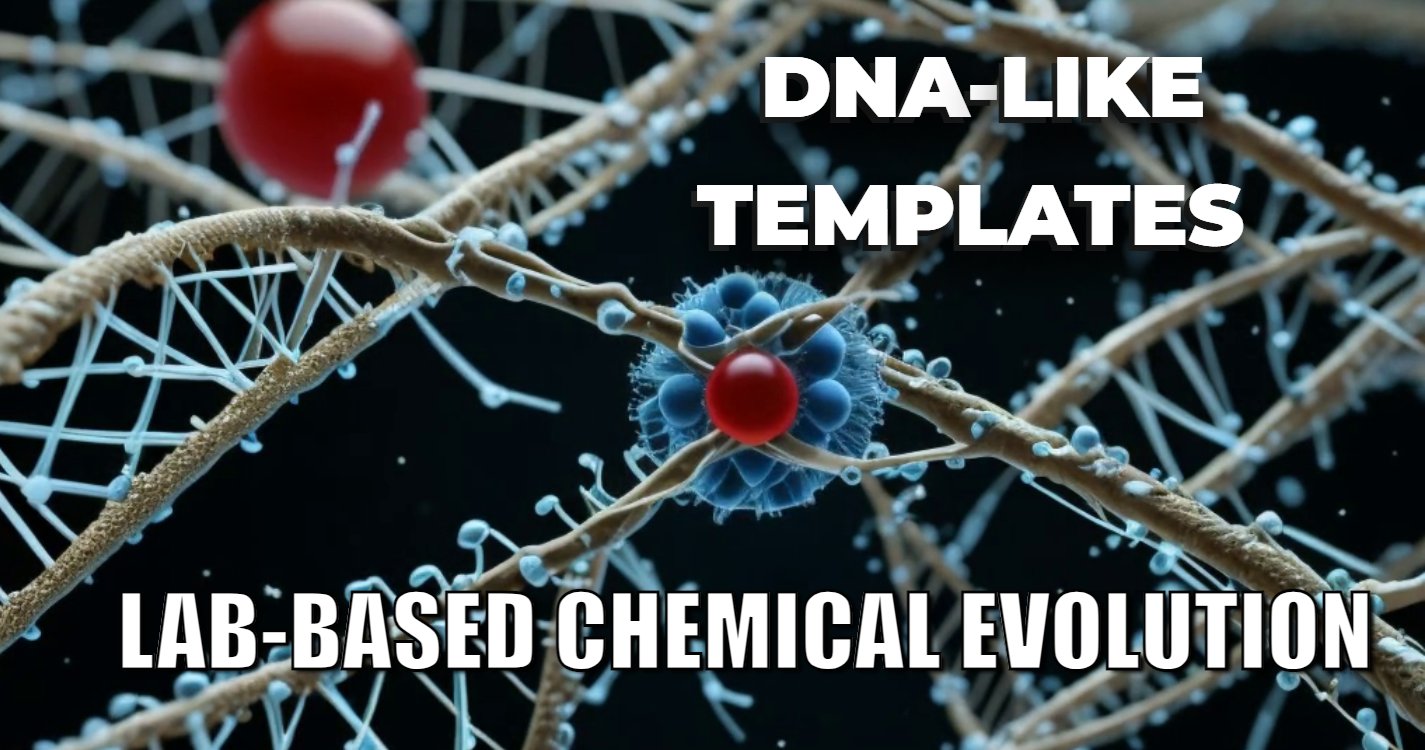🔍 Researchers have integrated small copper nanoparticles into an amine-functionalized MOF, creating a composite catalyst for electrocatalytic Hydrogen Evolution Reaction (HER). Copper nanoparticles are well-known for their impressive properties. This composite material shows improved catalytic activity and stability, making it a great option for producing clean hydrogen.
- 🔷 Copper nanoparticles (Cu NPs) have remarkable physical and chemical properties.
- 🔷 Copper is an abundant and cost-effective element, making it suitable for various applications.
- 🔷 The instability of Cu NPs under atmospheric conditions due to low redox potential limits their usage.
- 🔷 Incorporating Cu NPs into porous structures like MOFs enhances stability and performance.
- 🔷 Metal-organic frameworks (MOFs) are stable and versatile supports for nanoparticles.
- 🔷 A Zr-based MOF, NU-1000, was functionalized with amine groups to enhance interaction with Cu NPs.
- 🔷 The Cu@NU-1000-NH2 composite exhibited efficient electrocatalytic HER performance.
Elaboration
🔹 Copper nanoparticles offer impressive properties but are hindered by instability under atmospheric conditions due to low redox potential. Embedding them in porous structures like metal-organic frameworks (MOFs) enhances stability. 🔹 Metal-organic frameworks (MOFs) are structurally stable and versatile materials. NU-1000, a Zr-based MOF, was functionalized with amine groups to improve interaction with copper nanoparticles. 🔹 The composite Cu@NU-1000-NH2 displayed efficient electrocatalytic performance for Hydrogen Evolution Reaction (HER), which is vital for clean hydrogen production. 🔹 The composite catalyst demonstrated low overpotential, high current density, and improved charge transfer kinetics compared to pristine MOF. 🔹 The catalyst’s stability was evidenced through various characterization techniques, showing negligible copper leaching and structural changes during HER.
- Ravari Kandy Aparna, Arun Karmakar, Rathnam Tharayil Arsha, Subrata Kundu and Sukhendu Mandal*
- Copper nanoparticles embedded in amine-functionalized MOFs enhance stability and catalytic performance.
- Metal-organic frameworks (MOFs) offer structural stability and tunability for supporting nanoparticles.
- Electrocatalytic water splitting is a promising method for clean hydrogen fuel production.
- Small-sized copper nanoparticles are synthesized using a post-synthetic functionalization method.
- The NP-MOF composite catalyst demonstrates efficient HER activity and stability.




